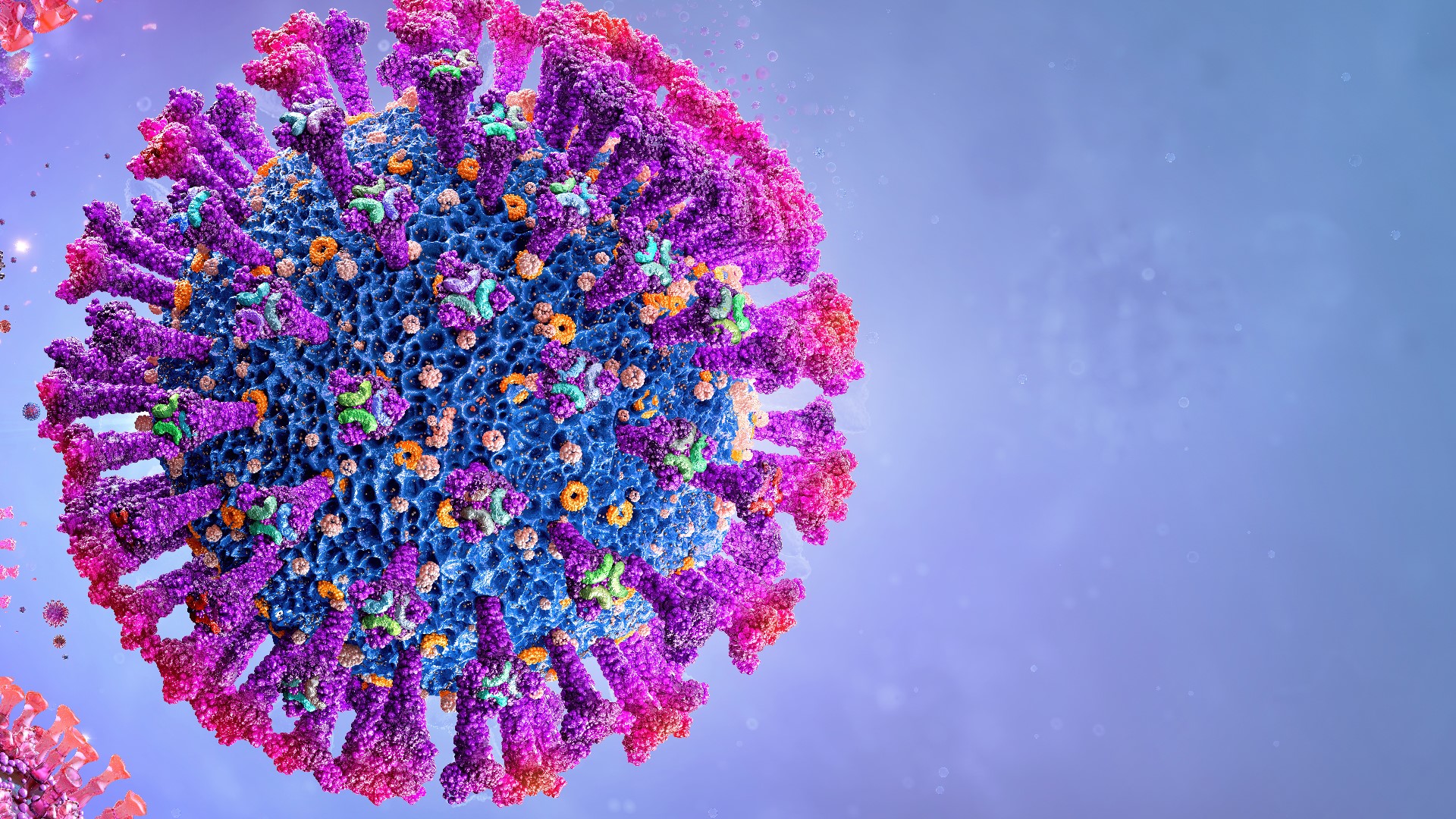SACRAMENTO, Calif. —
Contact tracing is "foundational" to the state's efforts of meeting six indicators in order to reopen California, Gov. Gavin Newsom said during a press conference Wednesday.
The Centers for Disease Control and Prevention (CDC) said contact tracing happens when public health staff help COVID-19 patients recall everyone they've come in close contact with during the time they may have been infectious. Those contacts are then notified of their potential exposure and given information and support on managing the illness, according to the CDC.
The disease control measure is a key strategy for preventing further spread of COVID-19, according to the CDC.
"We're not starting our tracing program from scratch. It's quite the contrary," Newsom said during the press conference. "You have trained, professional workers in local health departments who do this every single day. The question that’s asked of us now is to do it at a scale that we have not seen."
Newsom said GovOps is surveying not only the local capacity and workforce but also the ability to retrain and reprioritize the state workforce. State workers are being asked whether they're willing to do different work in order to support California's tracing and tracking efforts.
"We believe we have the capacity to build an army of tracers, beginning with the goal of 10,000," Newsom said. "That is now our stated goal to train these 10,000 tracers."
Newsom said he's launching a new online training academy to help support the work of the 10,000 hired.
The CDC calls contact tracing a specialized skill. To effectively contact trace, workers must be trained and have access to social and medical support for patients and contacts, the CDC guidance says. The center guidance says contact tracers should have knowledge and skills that include:
- An understanding of patient confidentiality
- Understanding the medical terms and principles of exposure, infection, infectious period, potentially infectious interactions, symptoms of disease, pre-symptomatic and asymptomatic infection
- Basic skills of crisis counseling, and the ability to confidently refer patients and contacts for further care if needed
- Understanding of when to refer individuals or situations to medical, social, or supervisory resources
RELATED:
FOR NEWS IN YOUR COMMUNITY, DOWNLOAD OUR APP:
►Stay In the Know! Sign up now for the Daily Blend Newsletter





